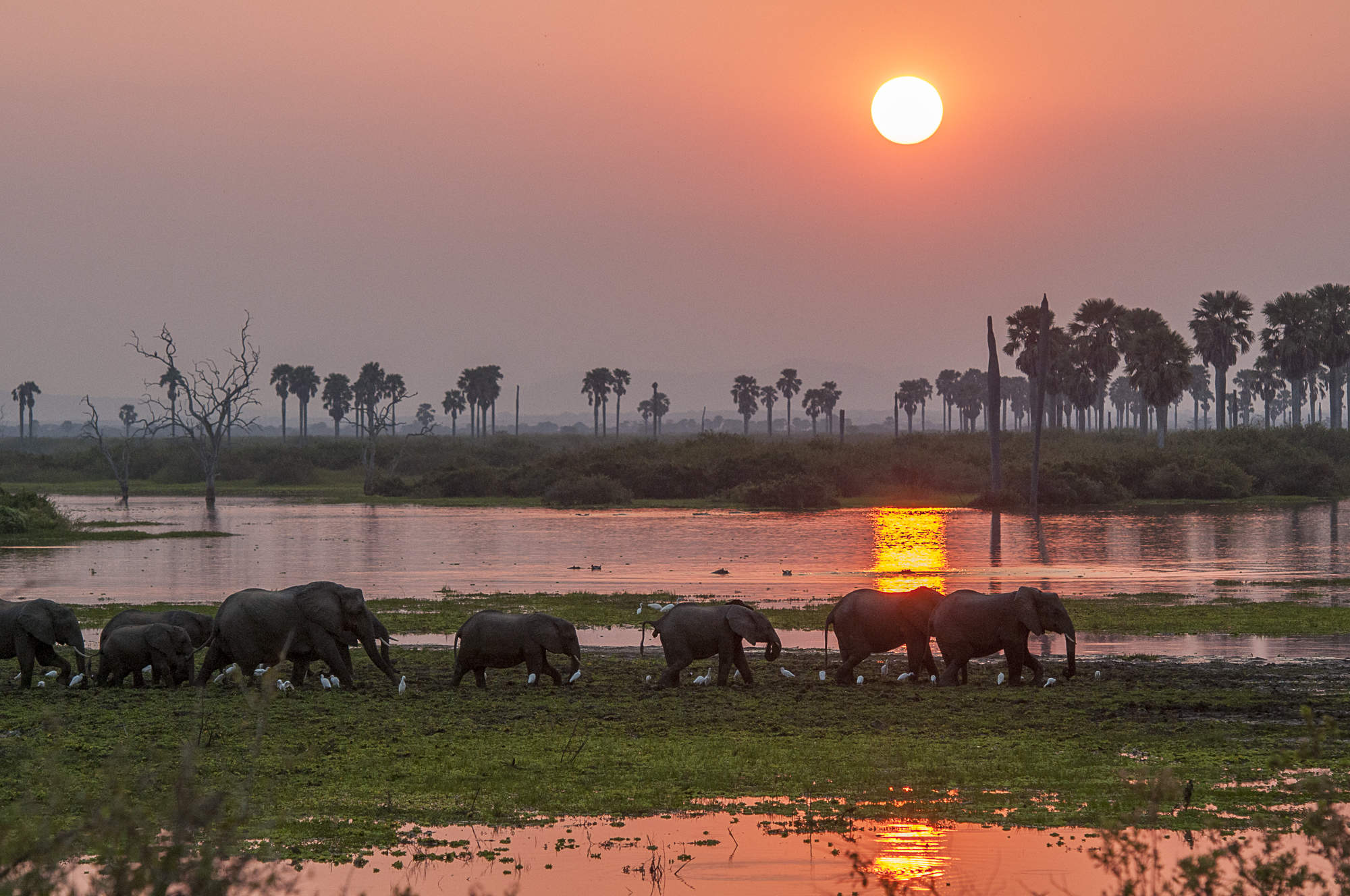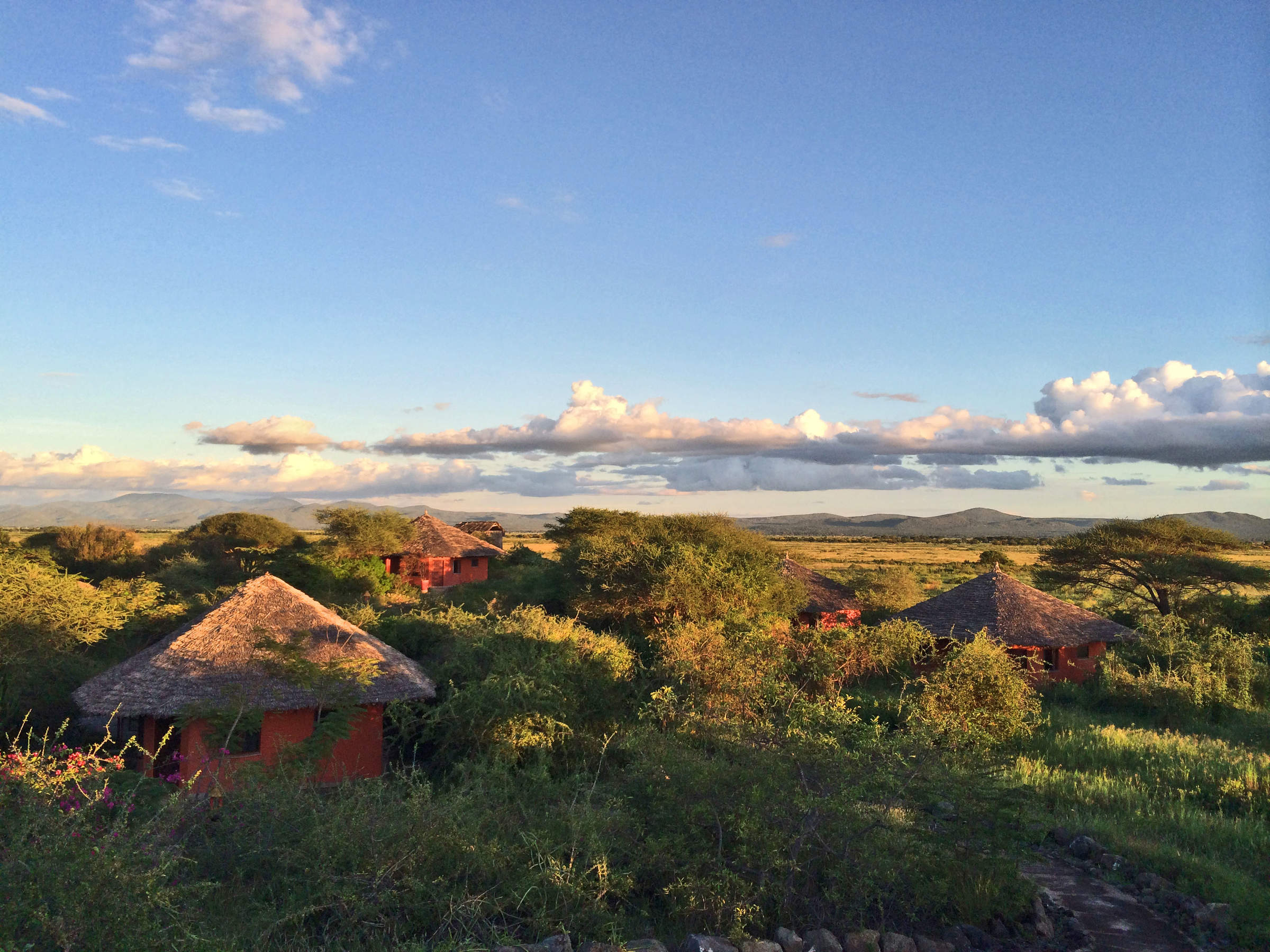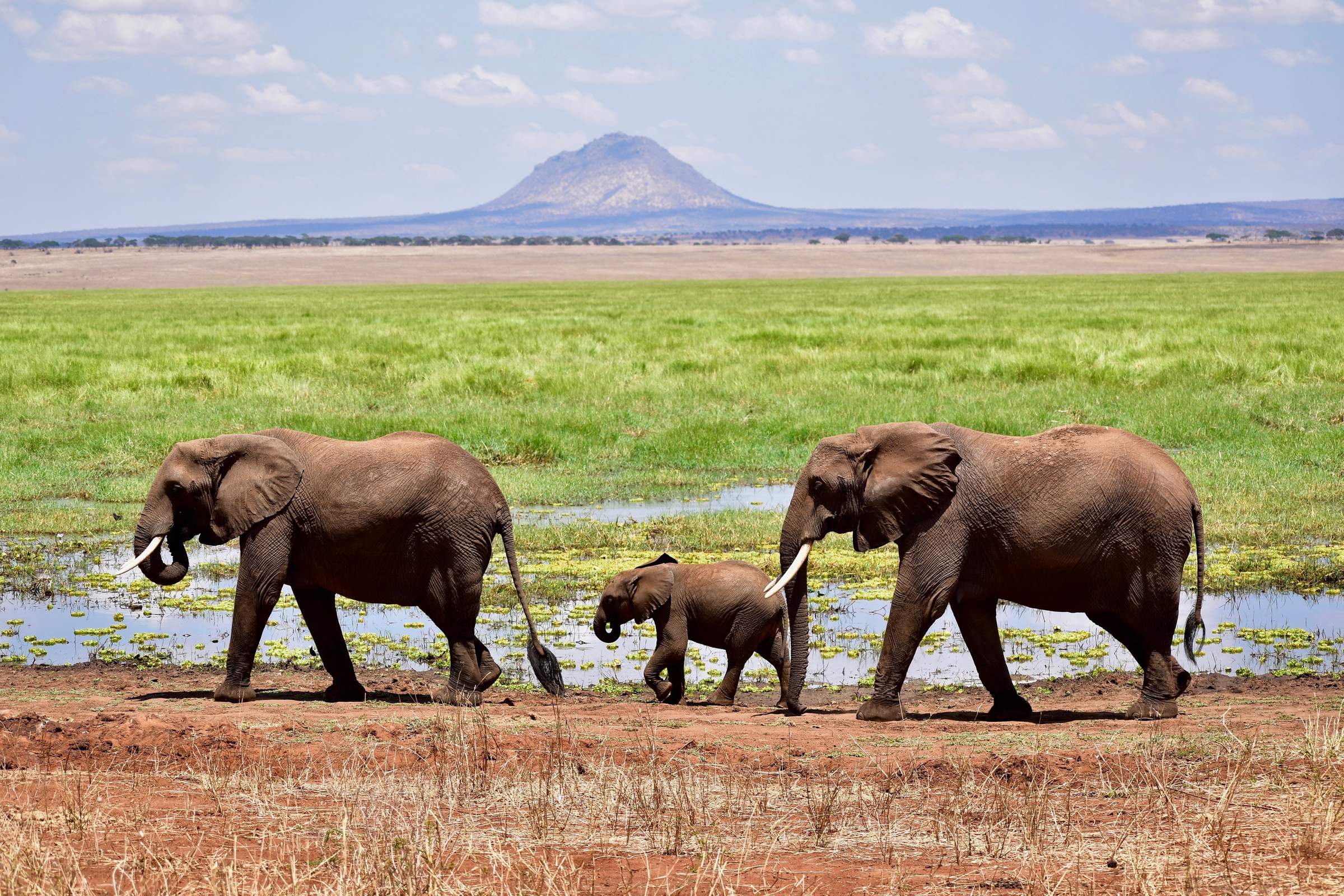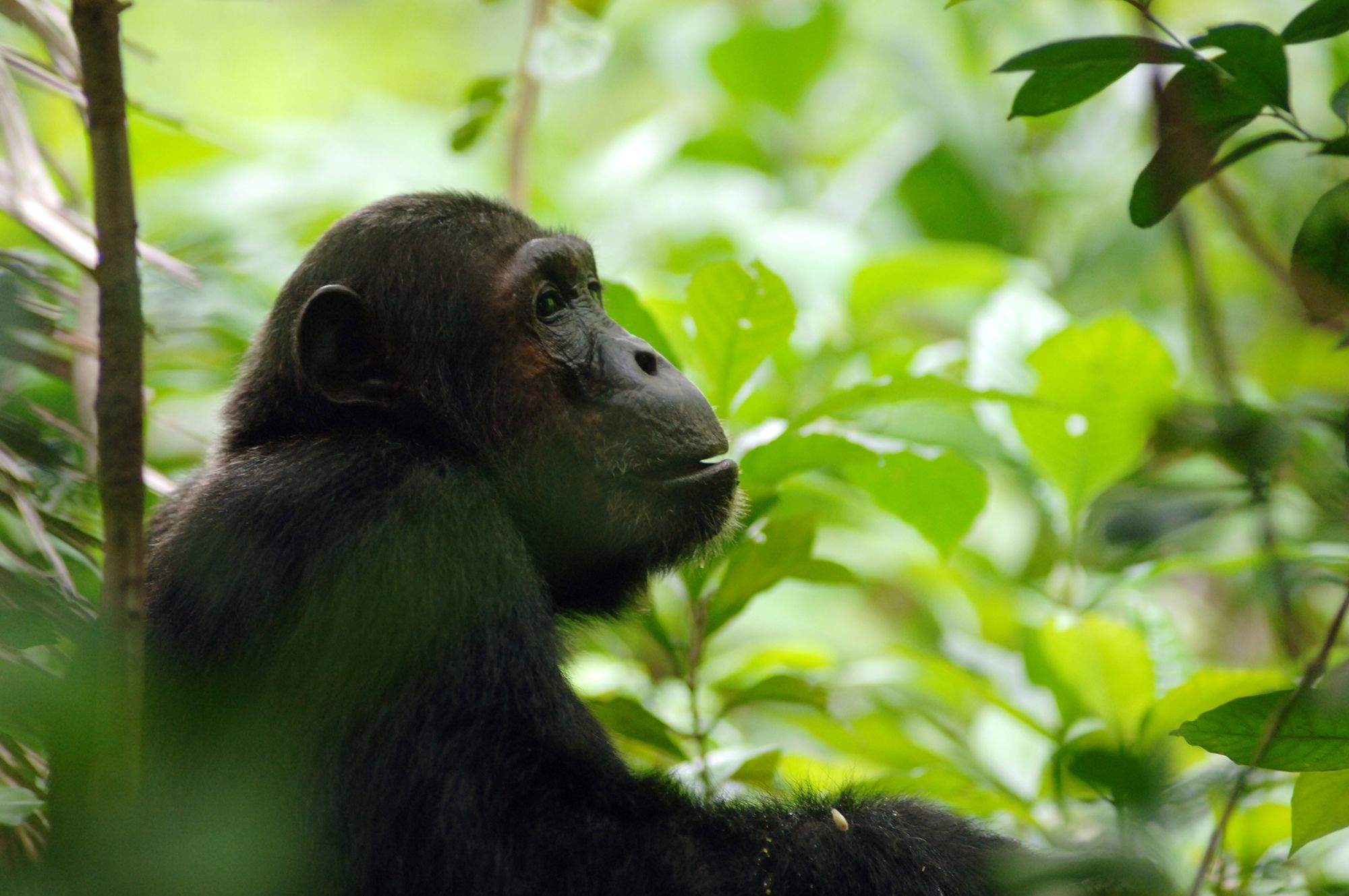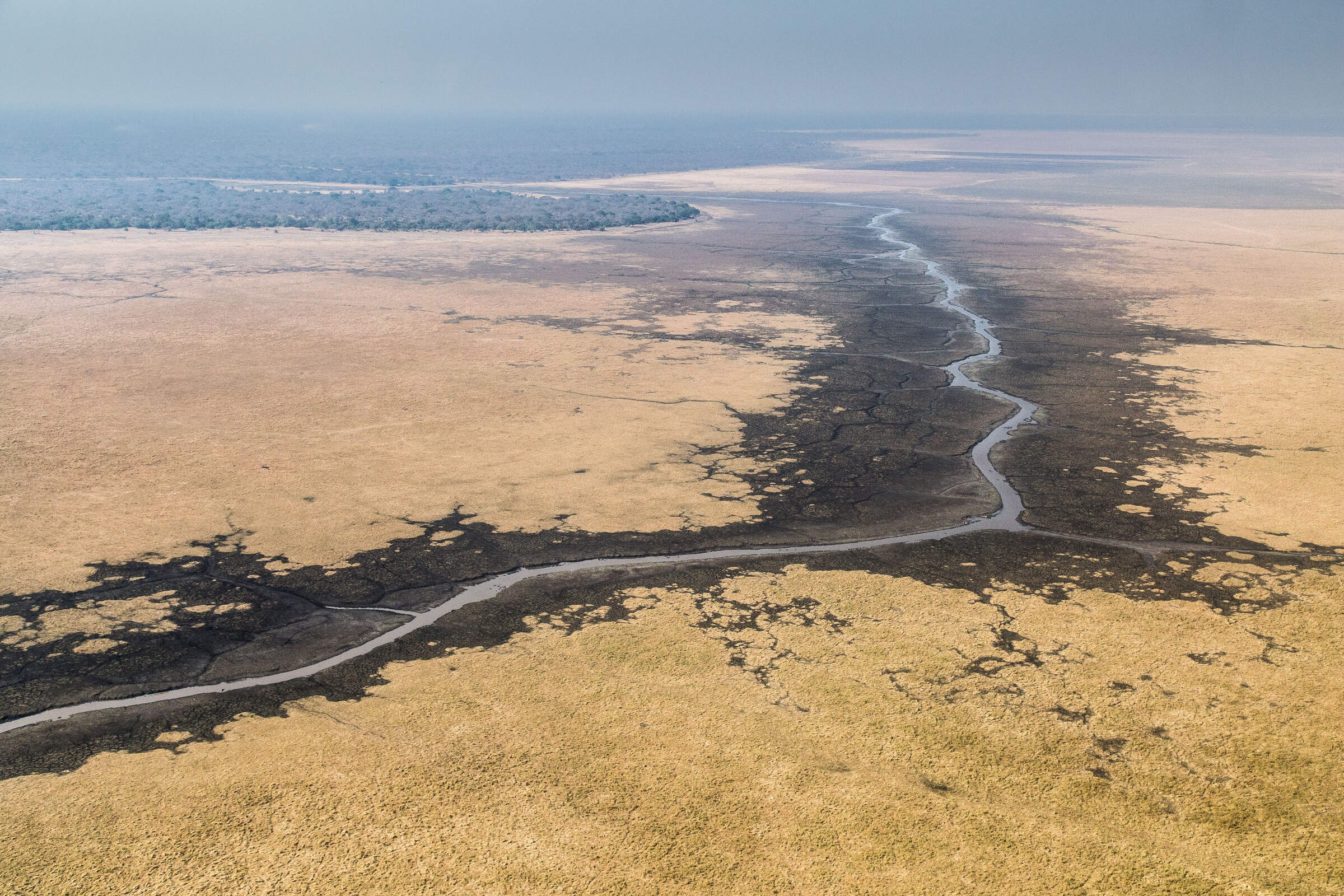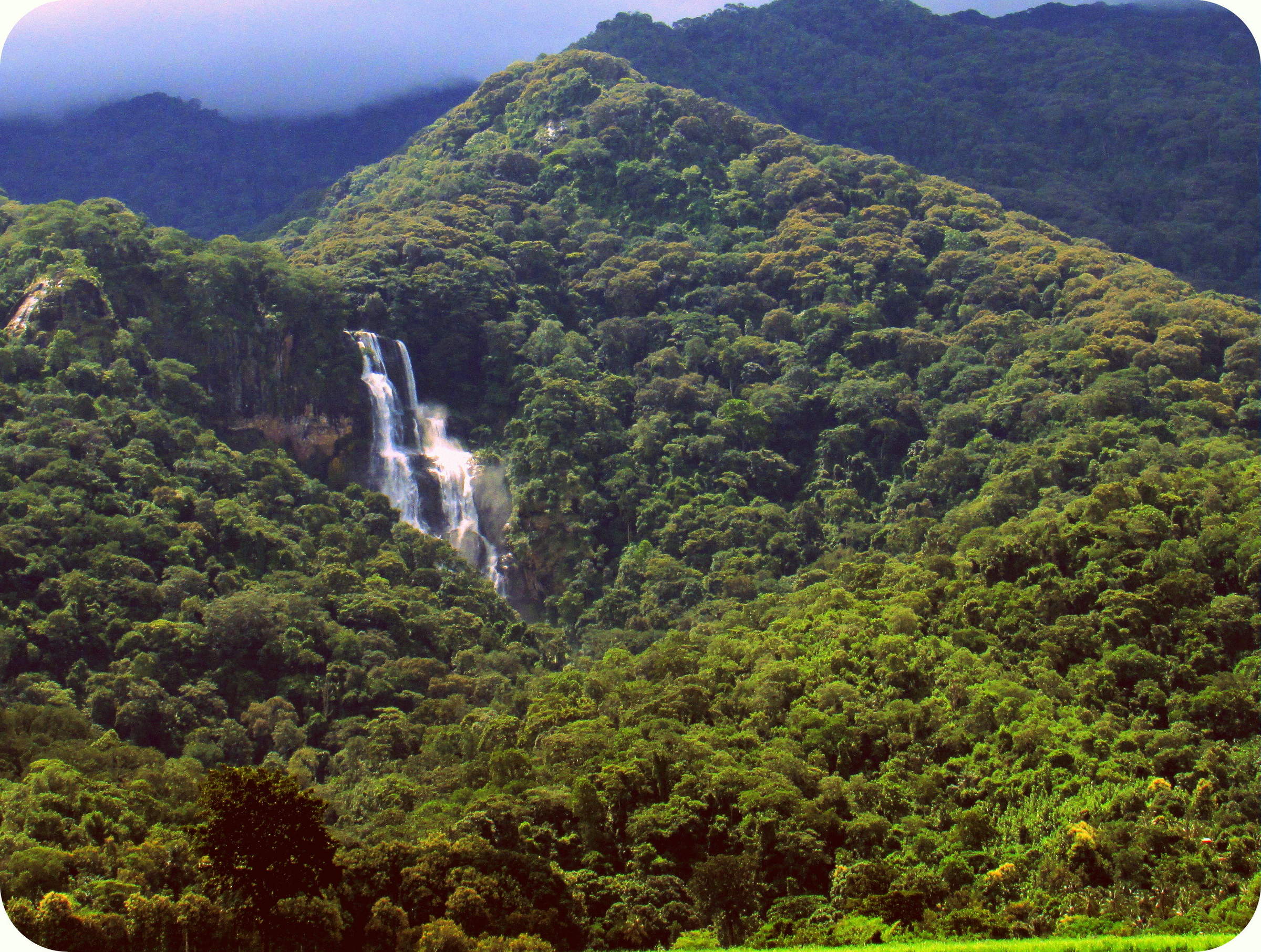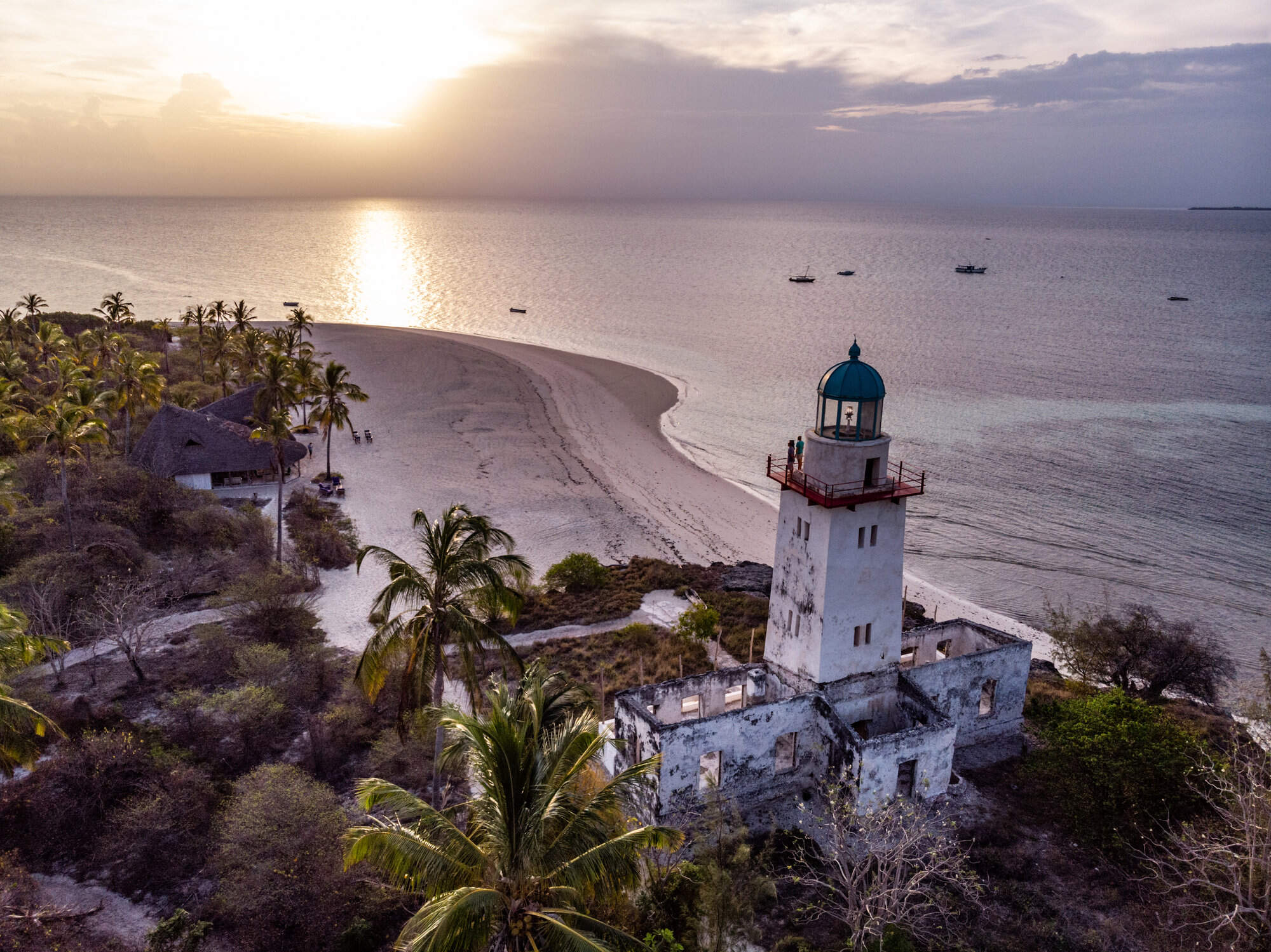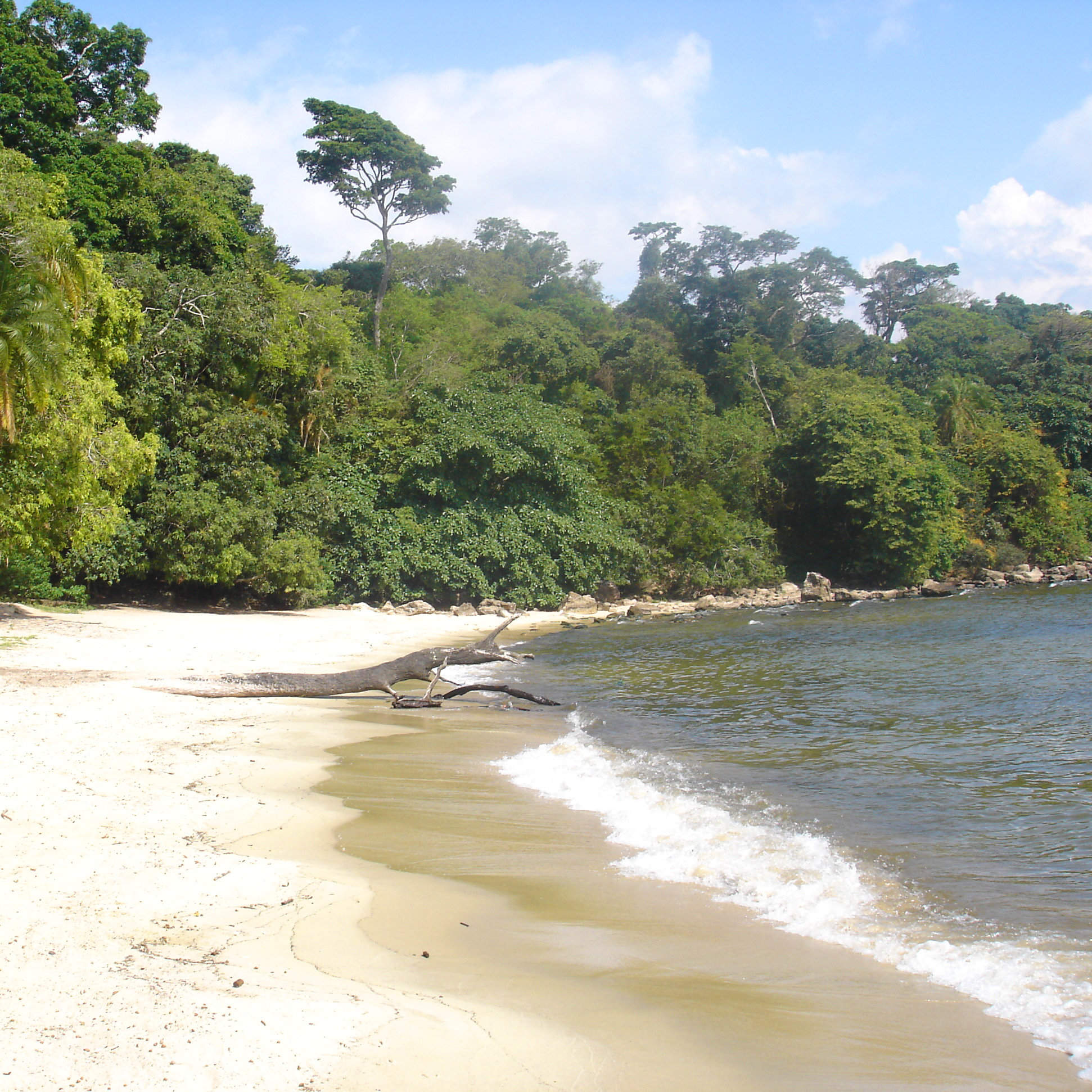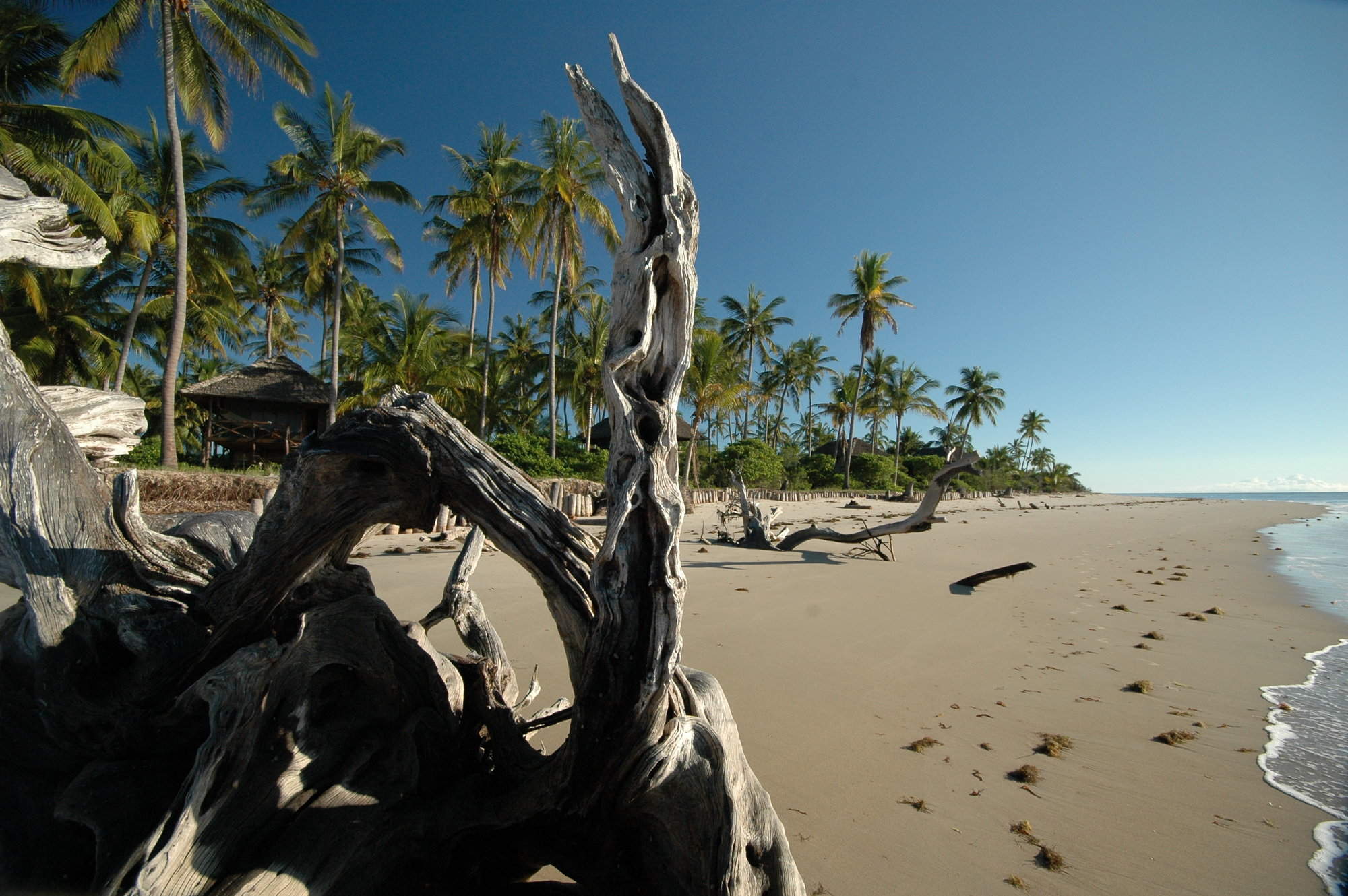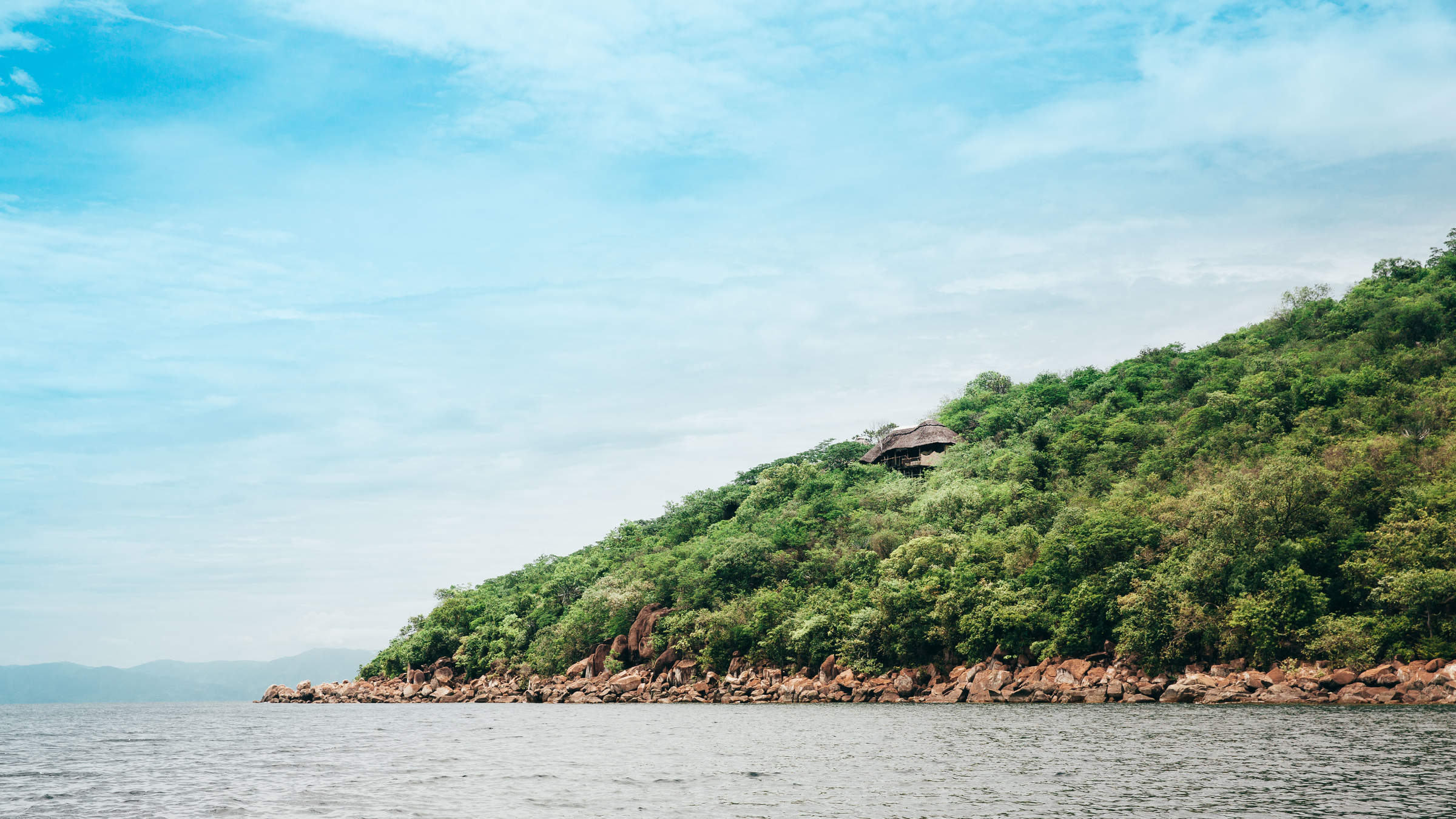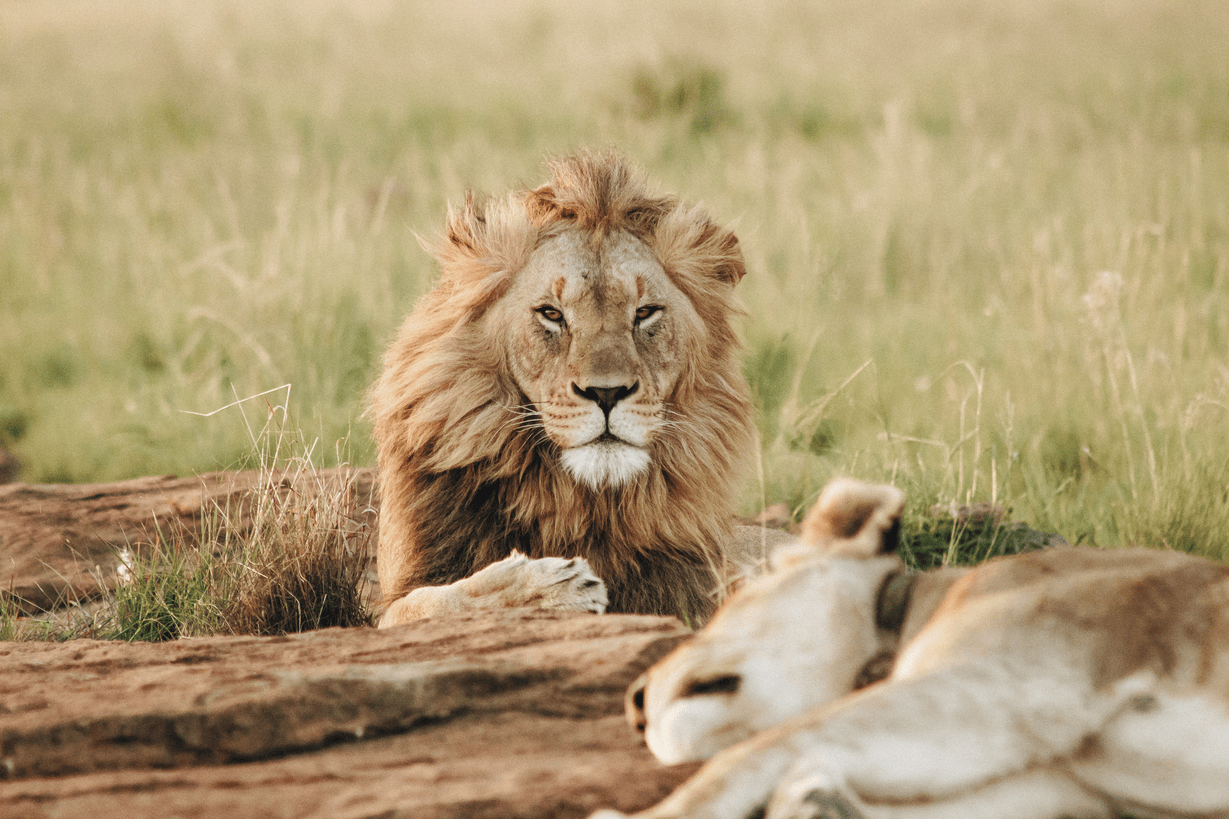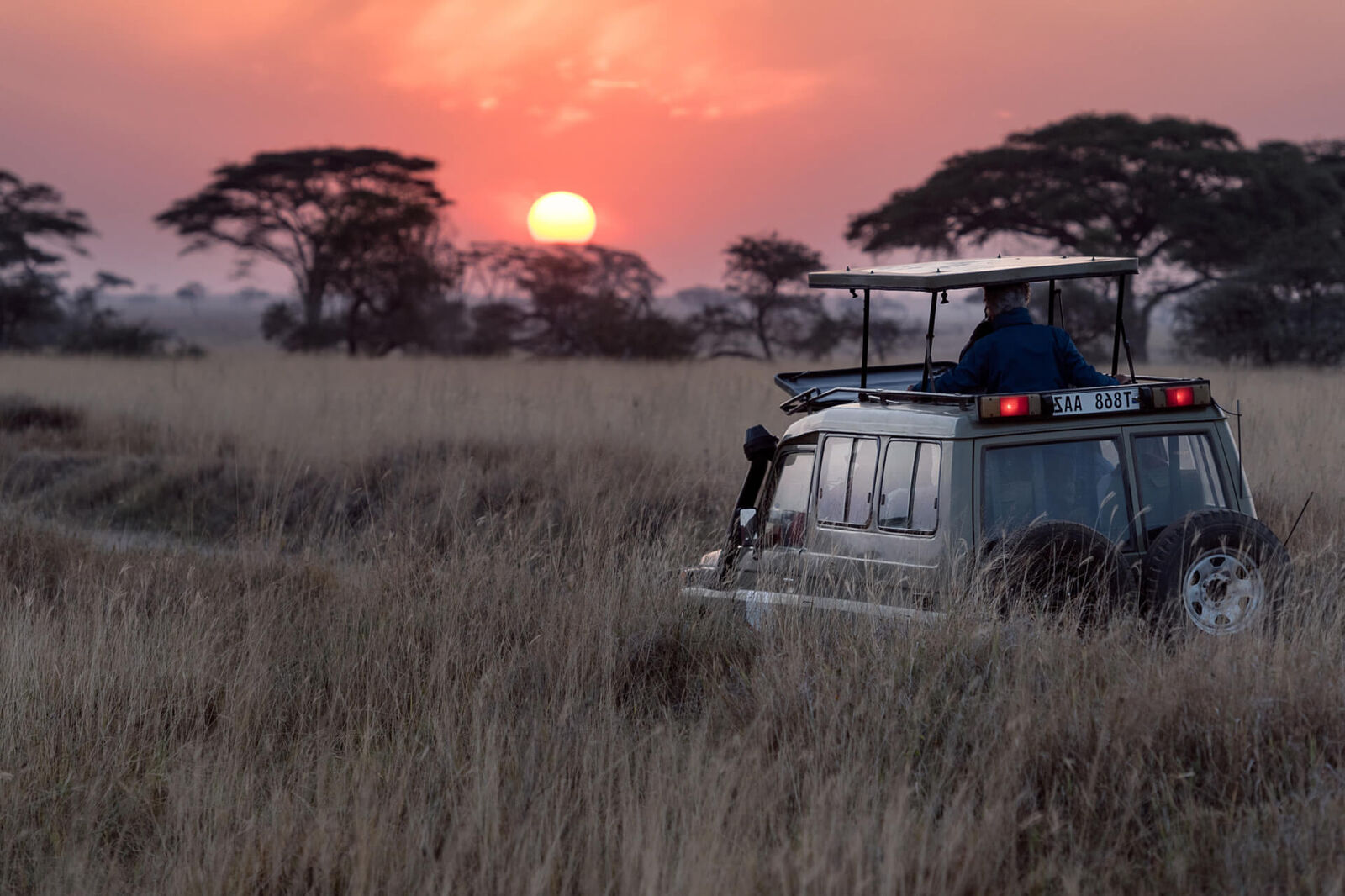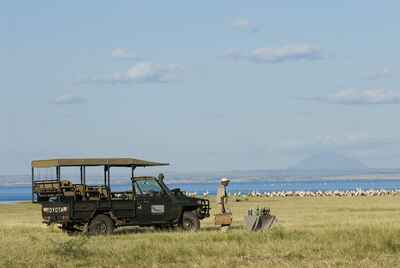
Lake Manyara is a small park containing a large diversity of habitats...
...and especially birds.
Staying inside the park is probably the best wildlife experience.
You may spot some tree climbing lions while on safari.
Lake Manyara National Park
Lake Manyara National Park
A relatively small but habitat-rich park, Lake Manyara is spectacularly beautiful and too often overlooked.
The park covers an area of around 330 square kilometres, much of which is the lake itself. It's often visited as a day trip, en route to other destinations. Despite its relatively modest size, though, Lake Manyara has a wide diversity of habitats, mammals and birdlife, which can make a longer visit very worthwhile.
From the bird-fringed waters of the soda lake, which are normally tinged pink by the reflection of innumerable flamingos standing in its shallows, to the grassy floodplains, the park teems with wildlife. Lions lounge in trees; leopards prowl the wooded slopes of the escarpment; and huge troops of baboons shake the forest canopy or forage through the bush like an army in search of tasty morsels.
Several camps and lodges offer a range of activities, from night drives and bush walks to bike riding and a treetop walkway. If you head south towards the park’s southern boundary, you're likely to have the park to yourself as excursion vehicles are rarely reach these parts.
While the accommodation in the park is expensive, in compensation it can be convenient for quieter wildlife-viewing. However, if you're looking for a more economical option, there's a good range of accommodation outside the park that is close enough to the main entrance gate to allow quick access for a day of rewarding exploration. Accommodation along the top of the Rift Valley escarpment offers the bonus of spectacular views over the park.
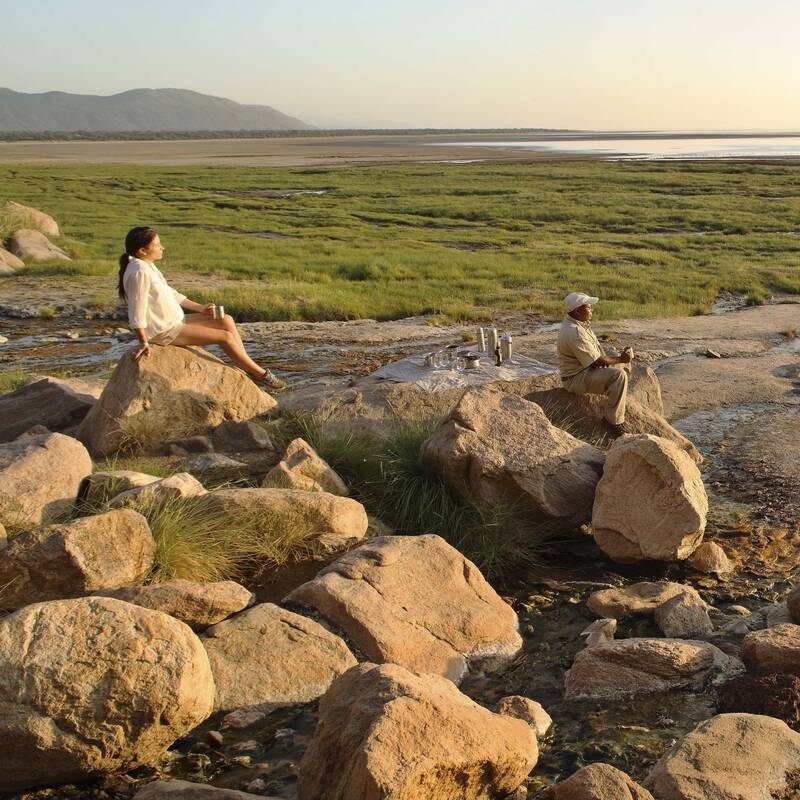
Safaris visiting Lake Manyara
Just ideas, we'll always tailor-make a trip for you
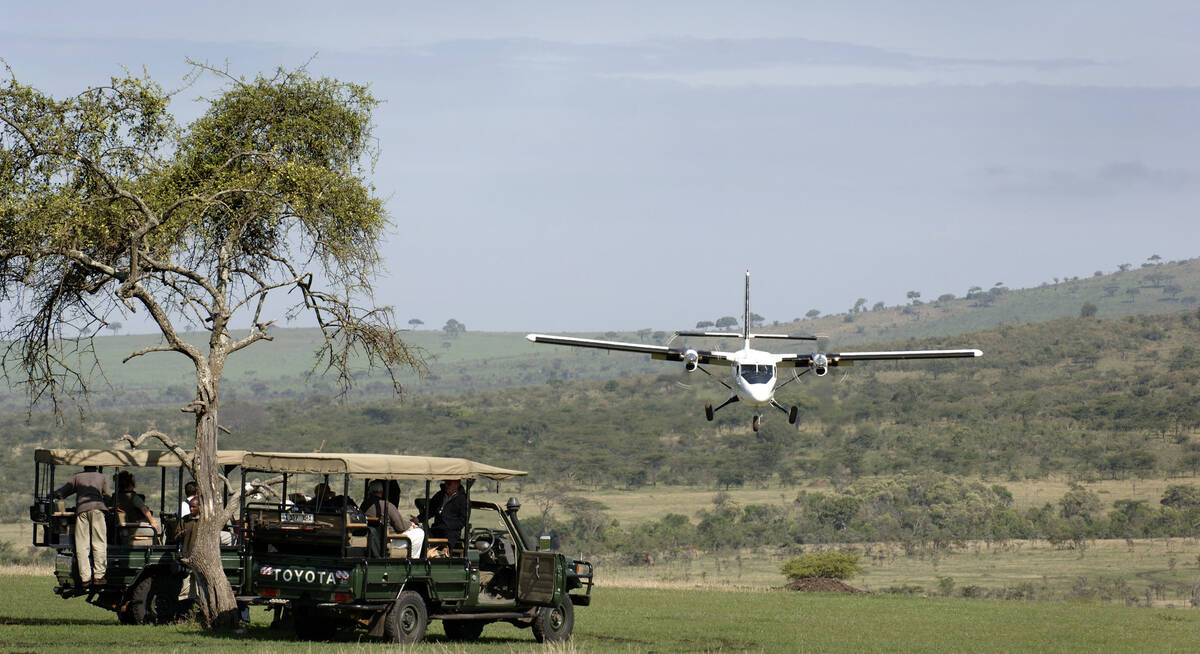
Avocet Fly-in Safari
7 days • 3 locations
KILIMANJARO AIRPORT TO KILIMANJARO AIRPORT
This luxurious safari explores three iconic African reserves from exclusive lodges in unbeatable locations. A very high standard of food, care and guiding ensure that you can focus on this amazing experience.
US$10,520 - US$15,860 per person
Most recent reviews of our safaris to Lake Manyara
Click below to browse all 56 reviews from Lake Manyara National Park. All from our travellers; all are in full & unedited.
Arrived 15 Jul 2023, 18 nights
"My Jul 2023 trip"
Overall rating: Excellent
Arrived 30 Nov 2022, 23 nights
"My Nov/Dec 2022 trip"
Overall rating: Excellent
Arrived 24 Aug 2022, 19 nights
"My Aug 2022 trip"
Overall rating: Excellent
Arrived 2 Feb 2022, 20 nights
"My Feb 2022 trip"
Overall rating: Excellent
Arrived 1 Jul 2021, 28 nights
"My Jul 2021 trip"
Overall rating: Excellent
Arrived 5 Oct 2019, 7 nights
"My Oct 2019 trip"
Overall rating: Excellent
Arrived 21 Jul 2019, 12 nights
"Our trip"
Overall rating: Excellent
Arrived 23 Feb 2019, 16 nights
"My Feb 2019 trip"
Overall rating: Excellent
Arrived 6 Feb 2019, 13 nights
"Great 2 week safari during the migration "
Overall rating: Excellent
Arrived 3 Jan 2019, 51 nights
"Trip of a lifetime"
Overall rating: Excellent
Where to stay in Lake Manyara
Our suggestions for safari camps in Lake Manyara National Park
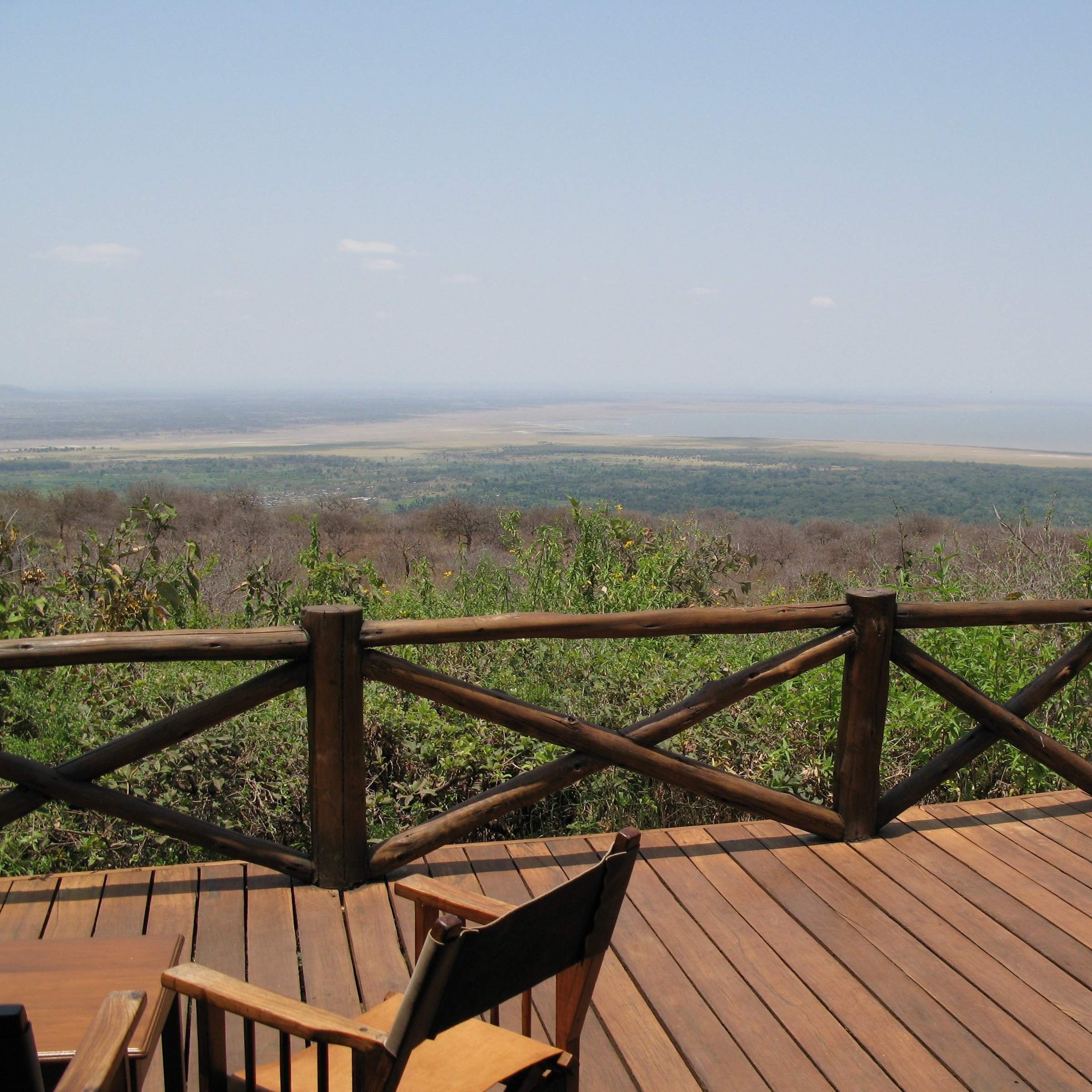
Kirurumu Manyara
With spectacular views over Lake Manyara, Kirurumu is one of the simplest camps we offer in northern Tanzania.
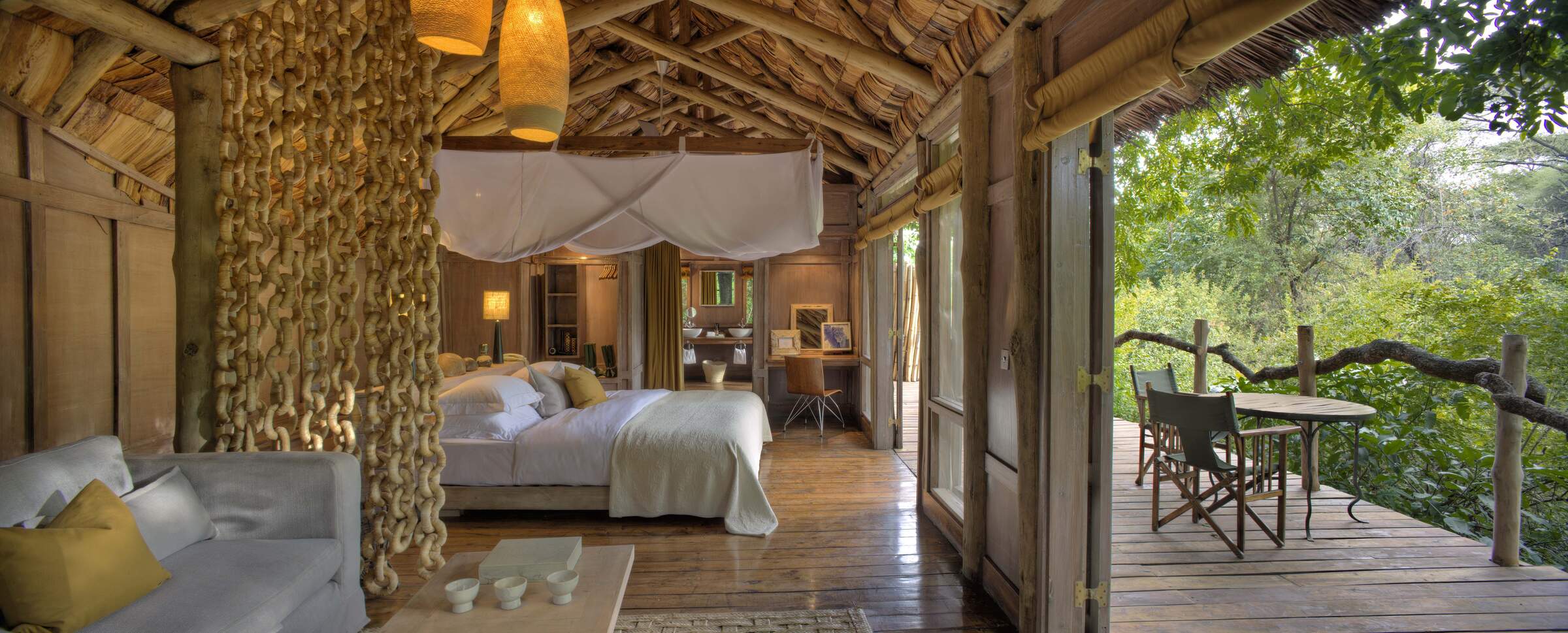
Lake Manyara Tree Lodge
Comfortable, stylish and remote, Lake Manyara Tree Lodge is one of only two places to stay inside the park, and offers excellent guiding and service.
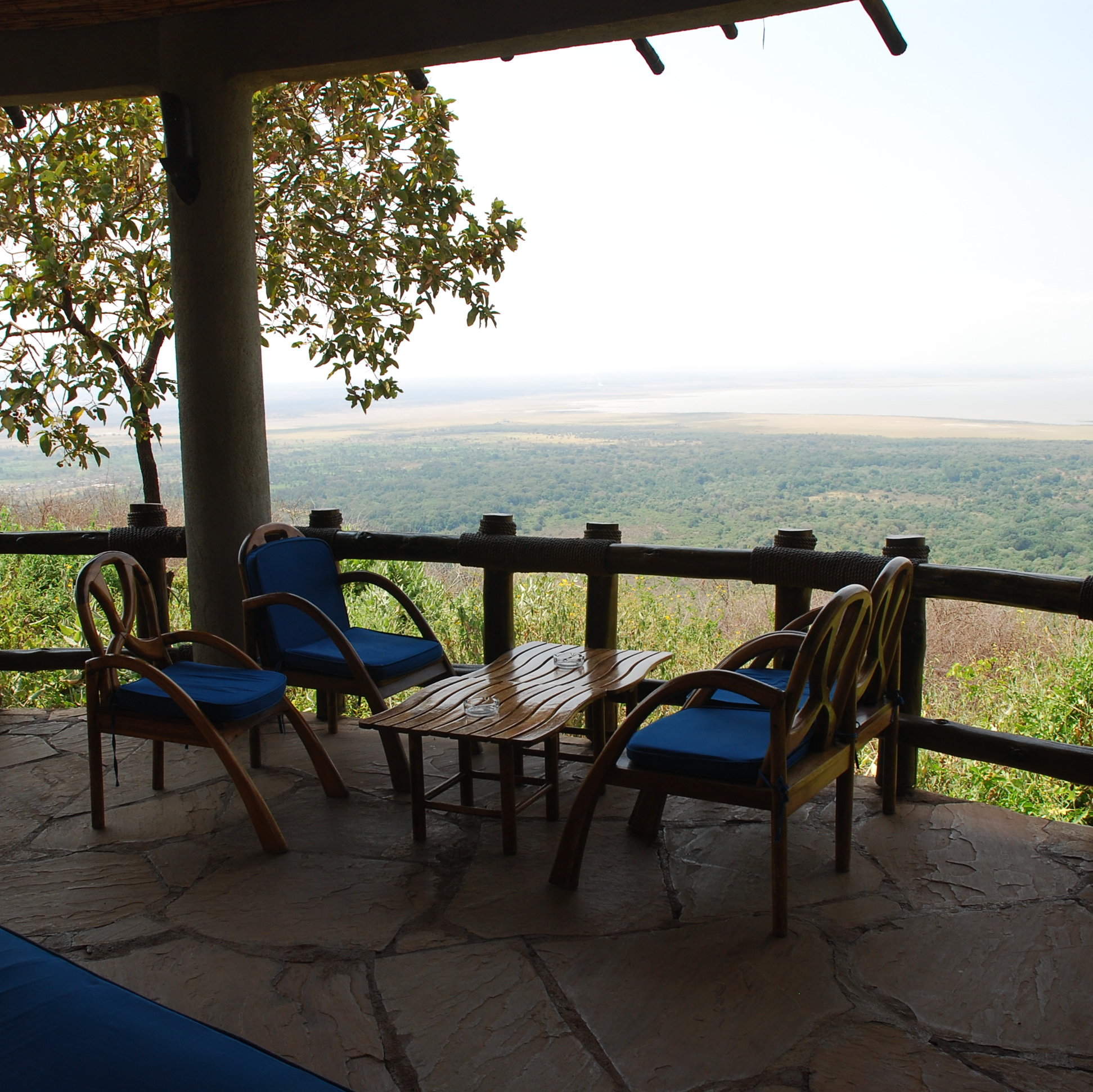
Lake Manyara Serena
Lake Manyara Serena is a large, reasonably priced hotel perched on the lip of the Great Rift Valley with spectacular views of Lake Manyara.
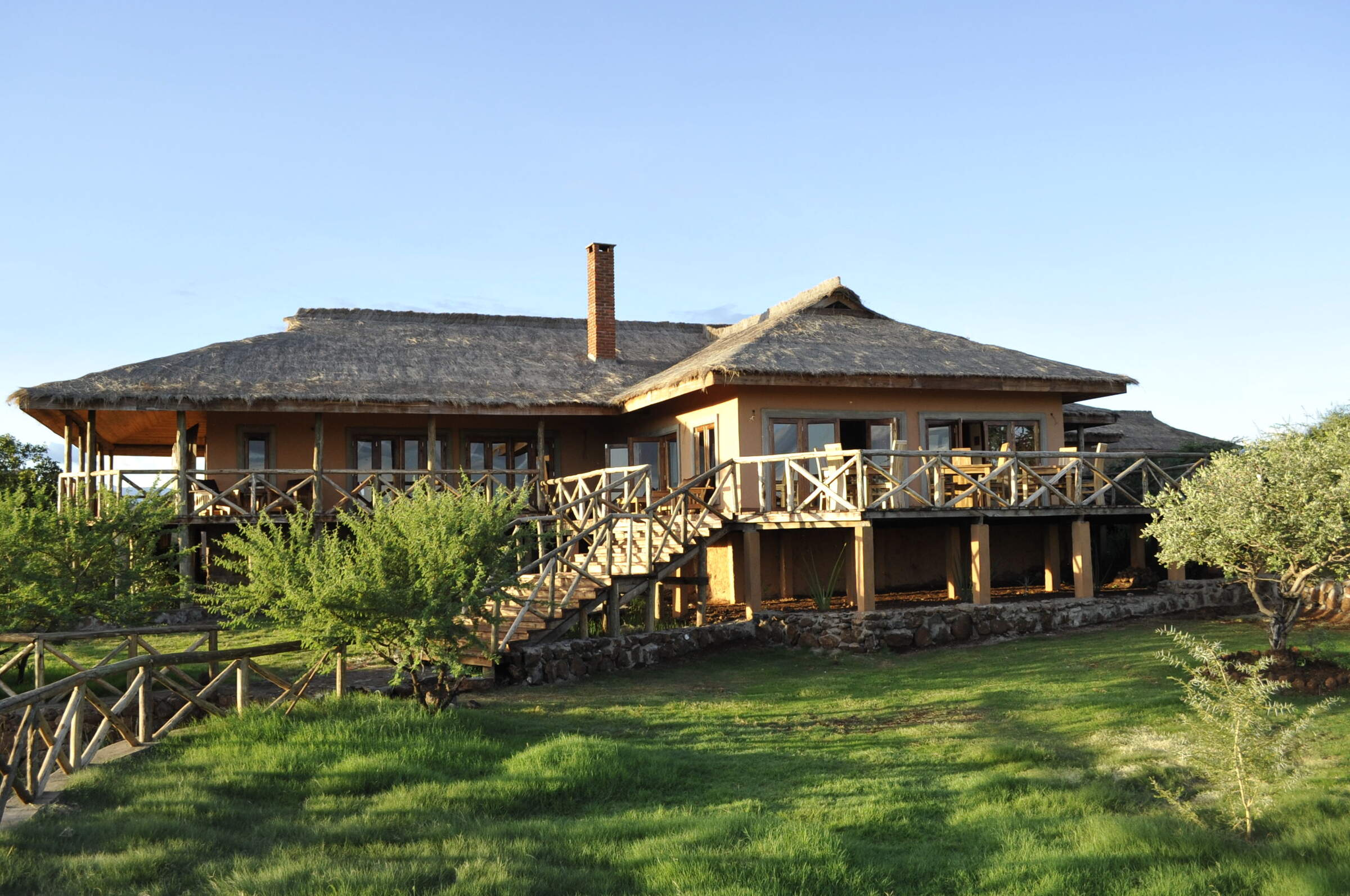
Escarpment Lux Lodge
Escarpment Luxury Lodge offers stylish, modern accommodation and stunning views of Lake Manyara National Park.
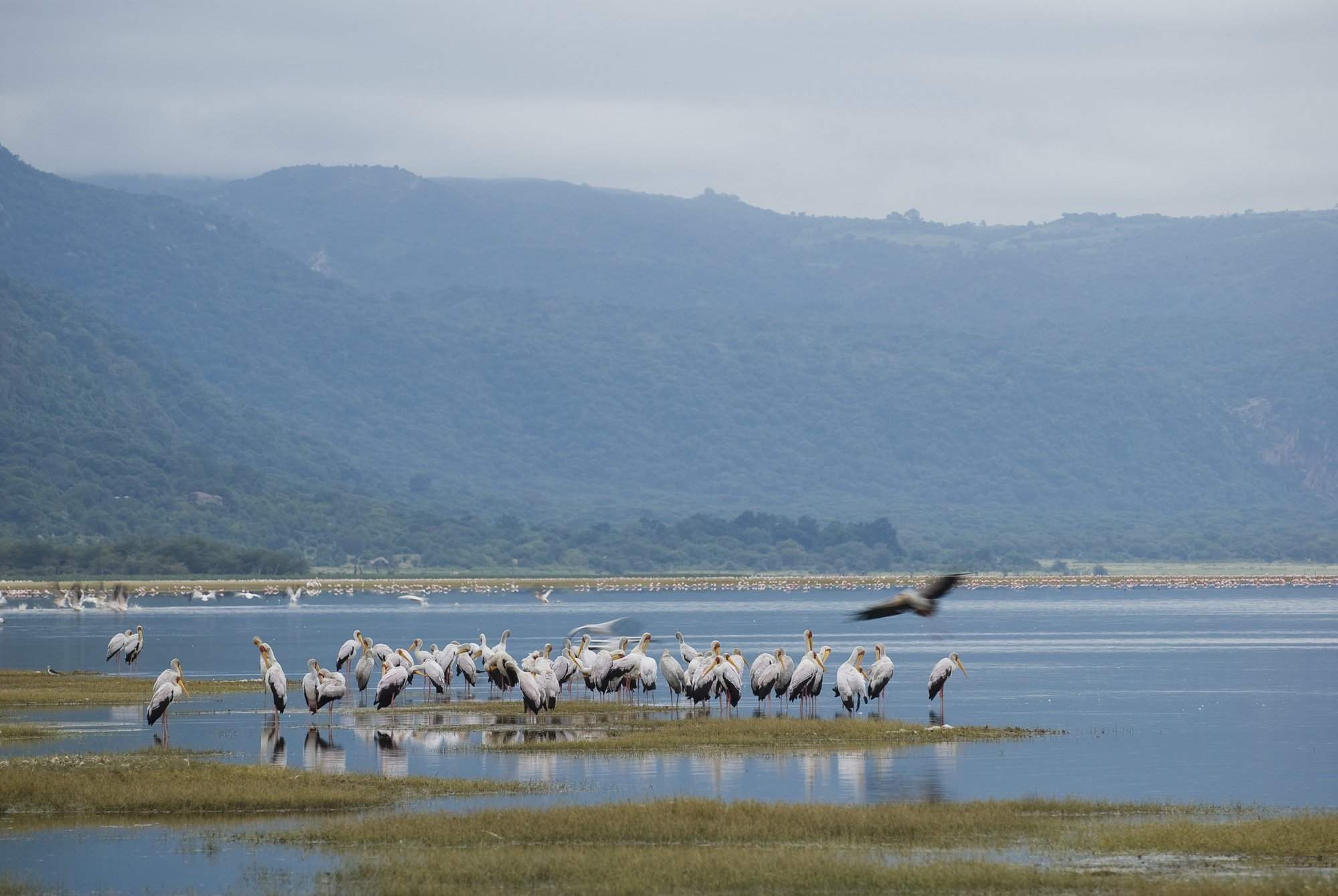
Manyara Green Camp
With comfortable tents and an adventurous atmosphere, Lake Manyara Green Camp is one of two camps located inside the park.
Our travellers’ wildlife sightings in Lake Manyara
This is their success for sightings in Lake Manyara National Park. Click on a species for more detail. How we work this out.

90% success

90% success

80% success

80% success

80% success

70% success

44% success

30% success

20% success

11% success

11% success

0% success

0% success

0% success

0% success
When to go to Lake Manyara National Park
Lake Manyara National Park's seasons affect wildlife and visitor experiences.
The park has two rainy seasons: long rains from March to May and short rains in November and December, making the landscape lush and attracting migratory birds. Wildlife disperses due to abundant water.
The dry season, June to October, is ideal for spotting tree-climbing lions and large elephant herds near shrinking water sources. Flamingos gather at the alkaline lake, creating stunning views. January and February offer a short dry season with good wildlife viewing. The groundwater forest is a year-round haven for primates and birds, with the Treetop Canopy Walk providing unique ecosystem views.
Jan
Feb
Mar
Apr
May
Jun
Jul
Aug
Sep
Oct
Nov
Dec
Lake Manyara National Park in January
Lake Manyara National Park enters its short dry season in January. The tree-climbing lions, a unique attraction, are more easily spotted as vegetation thins. The groundwater forest remains lush, hosting baboon troops and blue monkeys. Birdlife is particularly interesting as resident species enter breeding plumage and migrants arrive. The alkaline lake attracts flamingos and other water birds.
Game viewing improves as animals concentrate around water sources. Night game drives reveal nocturnal animals like hippos at the Simba River pool. The Treetop Canopy Walk offers excellent birdwatching opportunities. While the southern areas of the park may still be wet, the northern sections provide better wildlife viewing. January offers great value for visitors, with quieter park conditions.
- Migratory birds present in large numbers
- Fewer visitors, more peaceful experience
- Possible to see newborn animals
Our view
A good time to visit, with pros & cons
Weather in January
Lake Manyara National Park in February
February in Lake Manyara National Park sees rising temperatures, reaching around 33°C/91°F. The short dry season continues, making it an excellent time for wildlife viewing. The park's famous tree-climbing lions are more visible as they seek refuge from insects and heat in the trees. Elephant herds are frequently spotted in the savannah plains and forested areas. Game drives are highly productive, with increased chances of spotting diverse wildlife including buffaloes, wildebeests, and various antelope species.
Birdlife is particularly rewarding, with both resident and migratory species present. The alkaline lake attracts large flocks of flamingos, creating a spectacular sight.
- Excellent for bird watching, many species active
- Flamingos often visible on Lake Manyara
- Wildlife more dispersed due to water abundance
- Lower rates at lodges and camps
Our view
A very good time to visit
Weather in February
Lake Manyara National Park in March
March marks the beginning of the long rainy season in Lake Manyara National Park. The landscape transforms as vegetation becomes lush and green. While this can make wildlife viewing more challenging, it creates beautiful scenery. The groundwater forest is particularly vibrant during this time. The park's famous tree-climbing lions may be harder to spot but are still present. Elephant herds can be seen enjoying the abundant vegetation.
Migratory birds are still present, making it an excellent time for birdwatching enthusiasts. The alkaline lake's water levels start to rise, changing the dynamics of the shoreline.
Some camps may begin to close, but many larger lodges remain open.
- Rainfall increases, vegetation still lush
- Migratory birds prepare to depart
- Good time for photography with clear skies
Our view
A good time to visit, with pros & cons
Weather in March
Lake Manyara National Park in April
April is the wettest month in Lake Manyara National Park, with an average rainfall of 250mm. The park's ecosystem is in full bloom, with lush vegetation and flowing streams. While big game viewing becomes more challenging due to dense foliage, this is an excellent time for botanists and bird enthusiasts. The groundwater forest is teeming with life, and the Treetop Canopy Walk offers unique views of the verdant canopy. The famous tree-climbing lions may seek shelter from the rain, making sightings less frequent. Despite the rain, dedicated wildlife enthusiasts can still enjoy rewarding experiences, especially in observing smaller creatures and lush plant life.
Migratory birds are still present, adding to the park's rich avian diversity. The alkaline lake reaches its highest levels, altering the landscape dramatically.
- Landscape beautiful with wildflowers blooming
- Big game viewing more challenging
- Birdwatching still excellent
Our view
This is not a great time to visit
Weather in April
Lake Manyara National Park in May
May in Lake Manyara National Park typically sees the rains continue. The landscape remains lush and green, offering beautiful scenery. Wildlife viewing starts to improve as animals begin to congregate around water sources as the rain decreases. The groundwater forest is particularly vibrant, hosting diverse primate species including baboons and blue monkeys. The famous tree-climbing lions become more active as the rains decrease. Elephant herds are frequently spotted enjoying the abundant vegetation. As the month progresses, game drives become increasingly rewarding with improved wildlife sightings.
Birdlife remains excellent, with both resident and some lingering migratory species present. The alkaline lake's water levels remain high, attracting various water birds. The Treetop Canopy Walk offers excellent opportunities for observing the forest ecosystem.
- Improving visibility for spotting wildlife
- Elephants more easily seen in open areas
- Water birds attracted by the high levels of the alkaline lake
Our view
This is not a great time to visit
Weather in May
Lake Manyara National Park in June
June marks the beginning of the dry season in Lake Manyara National Park. Wildlife viewing improves significantly as animals start concentrating around permanent water sources. The famous tree-climbing lions become more visible as they seek elevated spots to catch breezes and avoid insects. Large elephant herds are frequently spotted in the savannah plains and near the lake. Game drives become highly productive, offering opportunities to see diverse wildlife including buffaloes, wildebeests, and various antelope species.
Birdlife remains excellent, with many species easily observable. The alkaline lake begins to recede, concentrating flamingos and other water birds. The Treetop Canopy Walk provides unique perspectives of the forest and its inhabitants. Night game drives reveal nocturnal animals and offer a different park experience.
- Dry season starts, vegetation thinning out
- Tree-climbing lions more visible on branches
- Large herds gather at remaining water sources
- Clear skies perfect for landscape photography
- Comfortable temperatures, low humidity
Our view
A good time to visit, with pros & cons
Weather in June
Lake Manyara National Park in July
July is an excellent month for visiting Lake Manyara National Park. The dry season is in full swing, resulting in excellent wildlife viewing conditions. The park's famous tree-climbing lions are often spotted in acacia trees, providing unique photo opportunities. Large herds of elephants frequent the shrinking water sources, offering impressive sightings. Game drives are rewarding, with increased chances of spotting diverse wildlife in the open plains and around water bodies.
The alkaline lake continues to recede, concentrating flamingos and other water birds in spectacular numbers. Birdlife remains rich, with many species easily observable.
- Prime time for game viewing and safaris
- High chance of seeing the Big Five
- Busy season with more visitors in the park
- Spectacular sunsets over Lake Manyara
- Hippos concentrate in shrinking water bodies
Our view
Fantastic: the very best time to visit
Weather in July
Lake Manyara National Park in August
August in Lake Manyara National Park offers superb wildlife viewing opportunities. The dry season peaks, concentrating animals around remaining water sources. The famous tree-climbing lions are frequently spotted, often seeking refuge from the heat in acacia trees. Large elephant herds are easily observed in the savannah plains and near the shrinking lake. Game drives are highly productive, offering excellent chances to spot diverse wildlife including buffaloes, wildebeests, and various antelope species.
The receding alkaline lake creates a spectacular sight with thousands of flamingos and other water birds. Birdlife remains rich, with many species easily observable. The clear skies and dry conditions make this an ideal time for photography.
- Excellent month for wildlife photography
- Tree-climbing lions frequently spotted
- Large elephant herds near remaining water
- Peak dry season, excellent wildlife viewing
Our view
Fantastic: the very best time to visit
Weather in August
Lake Manyara National Park in September
September is an excellent month to visit Lake Manyara National Park. The dry season continues, providing optimal conditions for wildlife viewing. The famous tree-climbing lions are often spotted seeking refuge from the heat in acacia trees. Large elephant herds congregate around the shrinking water sources, offering impressive sightings. Game drives are highly rewarding, with increased chances of spotting diverse wildlife in the open plains and around water bodies.
The receding alkaline lake concentrates flamingos and other water birds, creating spectacular scenes. Birdlife remains rich, with many species easily observable. The clear skies and dry conditions continue to favour photography.
- Wildlife concentrated around water sources
- Predator sightings increase near prey
- Birdlife abundant at hippo pool area
- Pleasant temperatures for outdoor activities
- Great month for night game drives
Our view
Fantastic: the very best time to visit
Weather in September
Lake Manyara National Park in October
October marks the end of the dry season in Lake Manyara National Park, offering excellent wildlife viewing opportunities. The famous tree-climbing lions are frequently spotted as they seek elevated positions to catch breezes. Large elephant herds are easily observed around the remaining water sources. Game drives are highly productive, with diverse wildlife congregating in open areas.
The alkaline lake reaches its lowest levels, concentrating flamingos and other water birds in impressive numbers. Birdlife remains rich, with many species easily observable. As the month progresses, there's a possibility of short rains, which can bring welcome relief to the parched landscape and animals.
- Last month of peak dry season
- Fantastic wildlife viewing opportunities
- Vegetation sparse, easier to spot animals
- Migratory birds begin to return to the park
- Ideal for combining game drives and walks
Our view
A very good time to visit
Weather in October
Lake Manyara National Park in November
November sees the start of the short rainy season in Lake Manyara National Park. The landscape begins to transform as vegetation turns green. Wildlife viewing remains good, although animals start to disperse as water becomes more widely available. The famous tree-climbing lions may be spotted less frequently as they have less need to seek elevated positions. Elephant herds begin to move away from permanent water sources. Game drives can still be rewarding, especially early in the month.
Birdlife becomes particularly interesting as migratory species arrive from Europe and North Africa. The alkaline lake's water levels start to rise, changing the dynamics for water birds. The Treetop Canopy Walk offers unique perspectives of the rejuvenating forest. The Maji Moto hot springs provide a warm retreat on cooler, rainy days.
- Short rains begin, landscape starts to green
- Wildlife still easily visible near water
- Migratory birds arrive in large numbers
- Newborn animals may be seen in the park
- Lower visitor numbers, more exclusive feel
Our view
A good time to visit, with pros & cons
Weather in November
Lake Manyara National Park in December
December in Lake Manyara National Park sees the continuation of the short rainy season. The landscape is lush and green, offering beautiful scenery. Wildlife viewing can be challenging as animals disperse due to widely available water, but patient observers can still have rewarding experiences. The famous tree-climbing lions may be harder to spot but are still present. Elephant herds enjoy the abundant vegetation across the park. Despite occasional rain showers, game drives can still be productive.
Birdlife is excellent, with both resident and migratory species present in large numbers. The alkaline lake's rising water levels attract diverse water birds. The Treetop Canopy Walk provides unique views of the vibrant forest canopy. December can offer great value for visitors outside the peak holiday period.
- Abundant birdlife, including flamingos on lake
- Wildlife more dispersed but still viewable
- Possible thunder showers in afternoons
Our view
A good time to visit, with pros & cons
Weather in December
Lake Manyara National Park: In detail
Lake Manyara National Park
Lake Manyara National Park is very easy to access: it's about 90 minutes' drive from Arusha and barely an hour from the Ngorongoro Crater.
Because of this, some of the northern side of the park can get very busy, especially in the afternoons. To see the park at its best, we recommend that you either stay within the park or spend two nights somewhere close, entering the park early for a full-day safari.
Safaris to Lake Manyara National Park
Though this can save on money, we feel that it restricts time and therefore only allows for visits to the busy northern quarter of the park. This can result in a rushed experience of Lake Manyara that can sometimes result in disappointment.
Instead we would recommend the following two options for visiting Lake Manyara National Park. The first is to stay within the park itself, either in a permanent camp or a more mobile one. This tends to be the more expensive choice, but it is certainly the best way to explore the park. It enables you to be on safari before most others, and explore deeper into the park which day visitors won't have the time to do. Without any doubt, staying inside the park is the best wildlife experience.
Secondly you can opt to stay somewhere outside, but near to the park gate. From here you can enter the park early and enjoy the whole day exploring. There are some economical accommodation options outside the park, some of which are dotted along the top of the Rift Valley Escarpment with great views down across the park
Entrances to Lake Manyara National Park
Almost everybody uses the northern gate, since the majority of accommodation options are situated here and as a result the northern part of the park is by far the busier one.
The gate in the far south is not commonly used and also has restricted access. Only few camps and lodges can use this entrance. Please contact us for more information on camps that can enter via this quiet gate.
Wildlife of Lake Manyara National Park
The broken forests and escarpment make it good country for leopard, whilst Manyara's healthy lion population are famous for their tree-climbing antics. (Whilst unusual, this isn't as unique to the park as is often claimed.) Immediately obvious to most visitors are the huge troops of baboons – which often number several hundred and are widely regarded as Africa's largest.
Birdlife of Lake Manyara National Park
Vegetation of Lake Manyara National Park
Map of Lake Manyara National Park
Choices for where to stay in Lake Manyara National Park
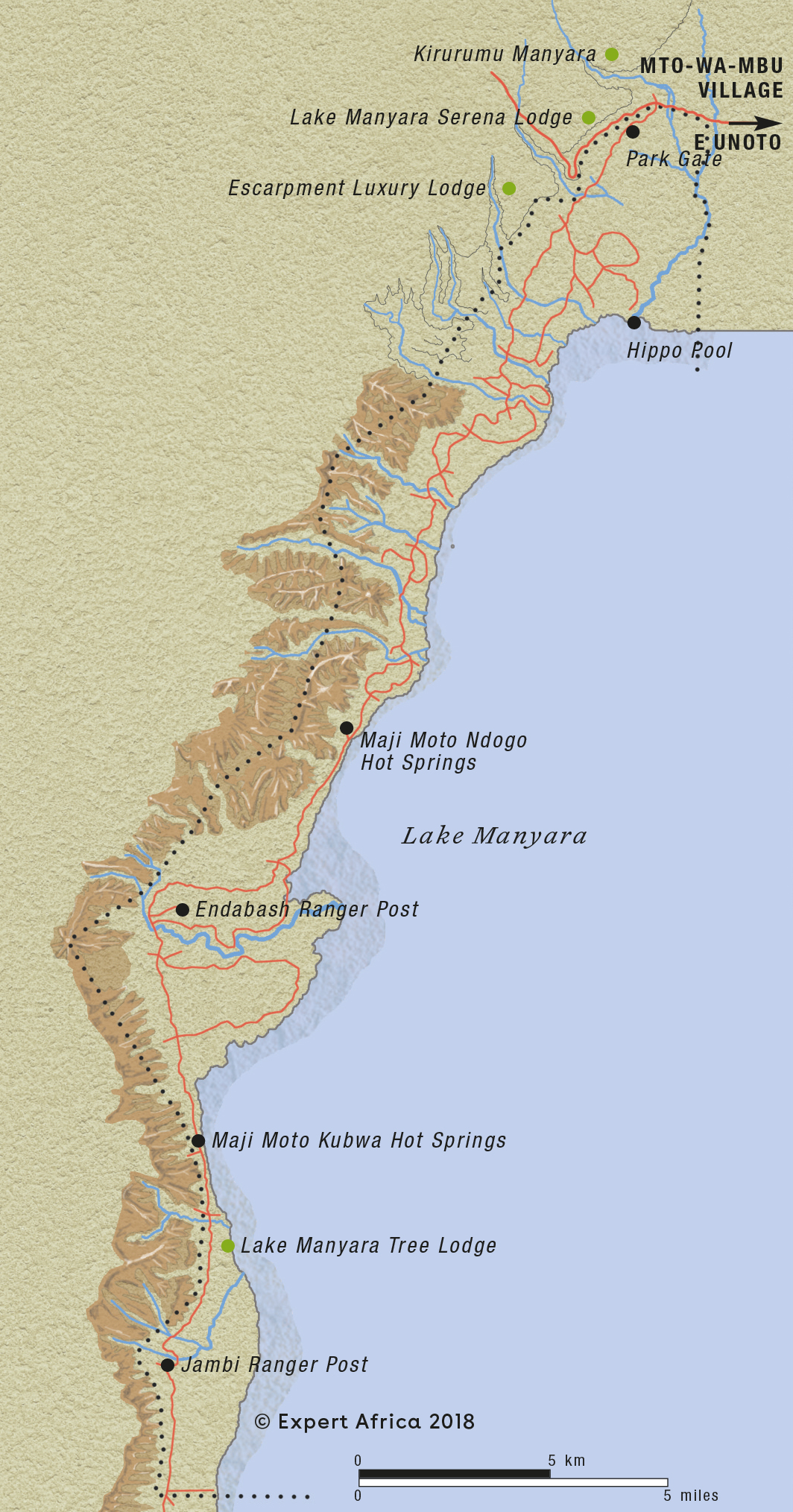
Lake Manyara National Park: Safaris
Each of the Tanzania holidays to Lake Manyara National Park we offer stays at various camps, lasting about one week in total. These itineraries combine very well with trips to the Ngorongoro Crater or a stay in Arusha because these are in close proximity. Come to this comparatively small park between the Great Rift Valley and Lake Manyara for a very good range of habitats, tremendous birdlife, huge troops of baboons and tree-climbing lions!

Avocet Fly-in Safari
7 days • 3 locations
KILIMANJARO AIRPORT TO KILIMANJARO AIRPORT
This luxurious safari explores three iconic African reserves from exclusive lodges in unbeatable locations. A very high standard of food, care and guiding ensure that you can focus on this amazing experience.
US$10,520 - US$15,860 per person
Best 5 lodges & safari camps in Lake Manyara National Park
The only permanent accommodation set within the park boundaries is Lake Manyara Tree Lodge, otherwise most of the acoommodation servicing Manyara lies outside the park, including a string of upmarket and mid-range lodges. Ask us for more details of what's where, and what's likely to suit you best!

Kirurumu Manyara
With spectacular views over Lake Manyara, Kirurumu is one of the simplest camps we offer in northern Tanzania.

Lake Manyara Tree Lodge
Comfortable, stylish and remote, Lake Manyara Tree Lodge is one of only two places to stay inside the park, and offers excellent guiding and service.

Lake Manyara Serena
Lake Manyara Serena is a large, reasonably priced hotel perched on the lip of the Great Rift Valley with spectacular views of Lake Manyara.

Escarpment Lux Lodge
Escarpment Luxury Lodge offers stylish, modern accommodation and stunning views of Lake Manyara National Park.

Manyara Green Camp
With comfortable tents and an adventurous atmosphere, Lake Manyara Green Camp is one of two camps located inside the park.
Excursions in Lake Manyara National Park
Optional, extra day-trips and excursions that are possible while you’re staying in Lake Manyara National Park. Talk to us: these excursions are usually best arranged before you go.

Lake Manyara Safari
Half-day or full-day
Set against the spectacular backdrop of the Rift Valley escarpment, Lake Manyara National Park makes a great safari destination. Here, along with elephant herds and plains game, you’ll find jungle-like forests that are home to blue monkeys, a soda lake tinged pink by flamingos and some of Tanzania’s best birding.
More about Lake Manyara Safari
Lake Manyara Treetop Walkway
Usually one hour
Experience the forest of Lake Manyara National Park from a whole new perspective – high up in the trees. The first suspended walkway in Tanzania, it stretches underneath the canopy for 370m between the mahogany and fig trees, giving intrepid visitors a unique view of the surrounding flora and fauna.
More about Manyara Treetop Walk
Mto Wa Mbu Village Walk
Two to three hours
Discover the nuances of day-to-day life in the large Tanzanian village of Mto Wa Mbu with a knowledgeable local guide. This is not a village set up for tourists – Mto Wa Mbu is a real community and offers a chance to see a side of Tanzania that many visitors pass by.
More about Village Walk
Looking for inspiration on where to travel next?
Visit our trip chooser to explore your options and find inspiration for your perfect African adventure
Inspire me